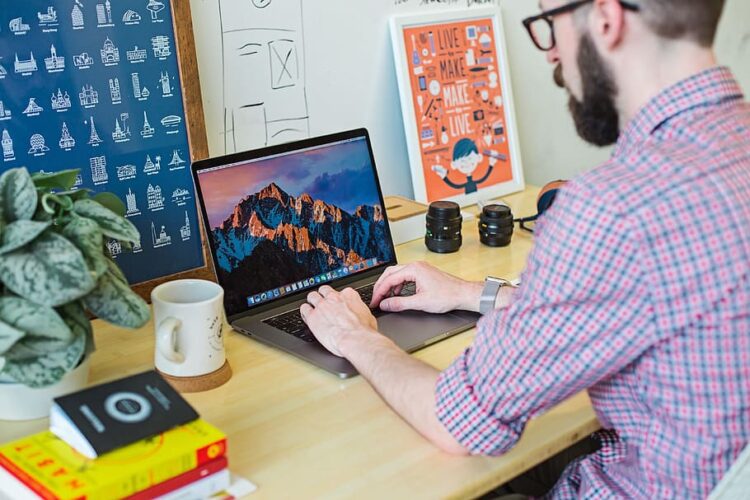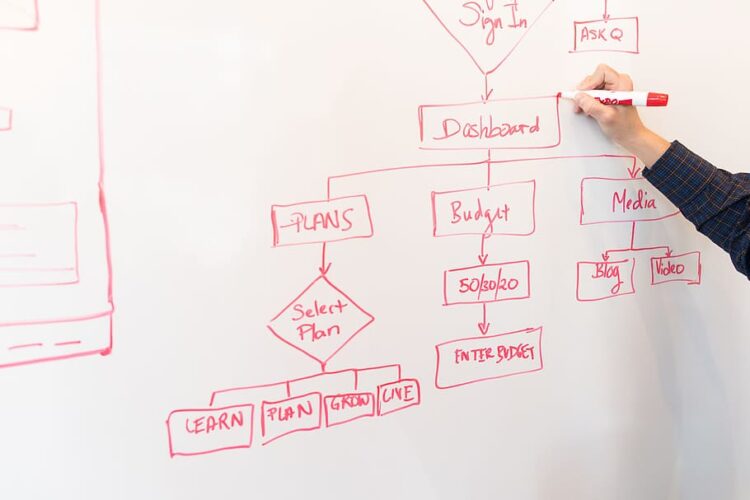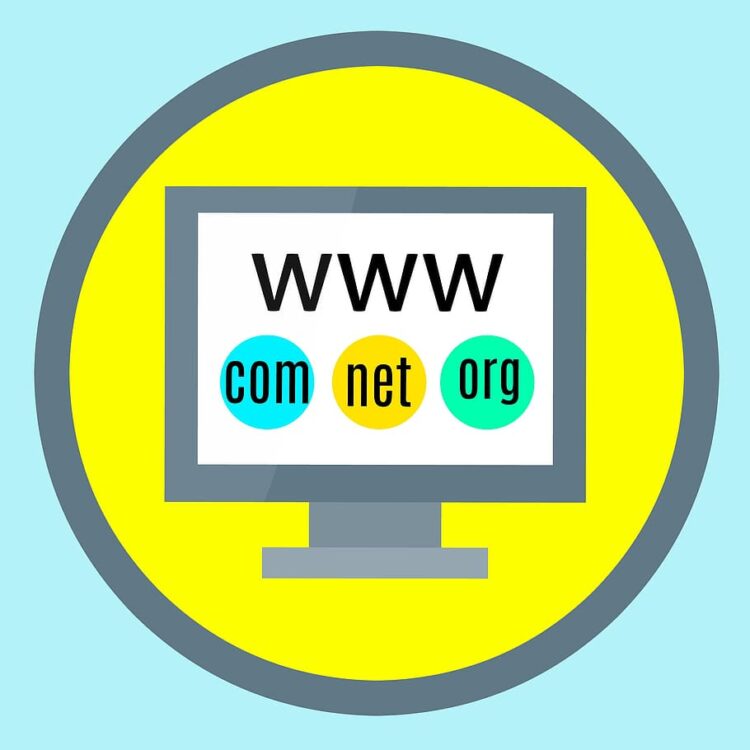Whether you want to learn web design or want to transition as a freelance web designer, there are crucial steps and tips to learn along the way that will make everything tick perfectly.
Freelancing is slowly becoming a very lucrative lob offering, with millions of Americans ditching their 9-5 jobs in search of a career path that can be very rewarding.
But becoming a web designer isn’t an easy task, and there will be bumps along the road.
In this article, we are going to teach you about the necessary skills you need to become a freelance web designer. The main part of the article will focus on doing this in the following 4 steps.
Page Contents
Skills Required

source:pxfuel.com
If you think that all you need to succeed are coding and designing skills, then you aren’t doing it right. Freelancing means working for yourself. You choose with whom you’ll work, how much you’ll work, and you dictate your “salary”.
This means that you have to have certain perks or develop them, to make it in this very competitive world. Having business skills will drastically help you market yourself as the problem solver that everyone’s been looking for; how else would you get hired?
But with all that said, let’s dwell deeper into the required skills.

source:pxfuel.com
· Coding Skills
Having coding skills is of utmost importance as this field requires them. For starters, you’ll have to learn HTML5 and CSS3. These are the bare minimum for any freelance web designer, but they’ll get you nowhere if you don’t expand.
After learning HTML5 and CSS3, you’ll likely want to touch on JavaScript and later on, PHP and MySQL.
JavaScript will enable you to create a functional front-end, while PHP and MySQL will enable you the back-end and database of each website.
PHP and JavaScript are two in-demand programming languages that are expected every web designer to know. You can read more about javascript here on enablejavascript.io.

source:pxfuel.com
· UX & UI
UX refers to user experience while UI refers to user interface. These two words might sound similar but they’re actually polar opposite. UI can easily be explained as the design of the website.
UI is learned through design principles that enable a designer greater flexibility when creating designs for clients. It might sound easy but it actually involves quite a lot of learning and self-improvement.
UX, on the other hand, is a more difficult cookie to master. UX speaks about the overall experience a user has when visiting and using a website or web application.
It takes into account what each button does, where it’s placed, and every tiny bit of functionality.
For UX & UI, you’ll likely want to learn Photoshop and Illustrator and even upgrade to an industry-standard app for developing web application designs such as Figma.
Now that we’ve touched on the bare minimum of skills required, let’s talk about how to become a freelancer.
1. Learn, Learn, and Learn More

source:pxfuel.com
You’ll likely end up learning new things even if you become a successful freelance web designer. But it will be in your best interest to continuously upgrade your skillset as you dive deeper into the field.
People will hire you to create fully functional web applications that also have kick-ass designs. Since there is no ceiling in this industry, your main priority will be to learn as much as you can.
If you’re interested in hiring a web design agency that can turn you your web application ideas into real projects, then make sure to visit cudedesign.co.uk
2. Register an Account

source:pxfuel.com
Once you have some skills to work with, it’s time to find a project. The thing here, before we start, is that you cannot dictate high wages at the beginning. If you’re a newbie freelance web designer, each project you take will be a bundle of experience that will mean so much more than the money itself.
But, first things first, you have to create an account with one of the freelance platforms. We recommend Freelancer, UpWork, or Fiverr as one of the preferred platforms of choice.
While there are countless others to work with, these are what every freelancer should strive for.
Each and every one of these platforms allows you to modify your profile the way you want it. Every individual that wants to hire you will look at your profile and look for relative experiences and past gigs as references of how good you are.
So, naturally, you’ll want to make your profile as bigger and better as you can by adding in any previous projects you’ve worked on.
3. Build Your Portfolio

source:pxfuel.com
This is exactly what you’ll need to show your clients that you can do the job and have the necessary experience.
A portfolio is your bread and butter when it comes to landing gigs. Your portfolio is made out of past projects or previous work that is relative to the field.
If you have done any work such as redesigning a particular website to hone your UX & UI skills, then you have to include it in your portfolio. Any amateur and non-paid work related to the field is also advised to be included in the portfolio.
Never stop updating the portfolio, as you’ll never know when you’ll want to enter the real work and work for a reputable company.
4. Understand How Domains, Web Hosting, and Servers Work

source:pxfuel.com
Every client will ask you to buy a domain, web hosting, or set up the entire website; they will likely ask for all three of those.
So, naturally, you’ll want to learn what these are and what they represent in the industry. A domain is the name of the website. That’s the thing that goes after www and before .com.
You buy a domain from a domain provider such as Go Daddy and this will be the address of the website.
A web hosting is a hosting plan for each website. Hosting plans come in different functionalities and sizes, with some much better than others. Web hosting is a highly detailed part of this field that you should definitely get more into.
And the last you’ll need is to understand how servers work. Yet again, this is a highly complex topic that you should do more research on your own.





